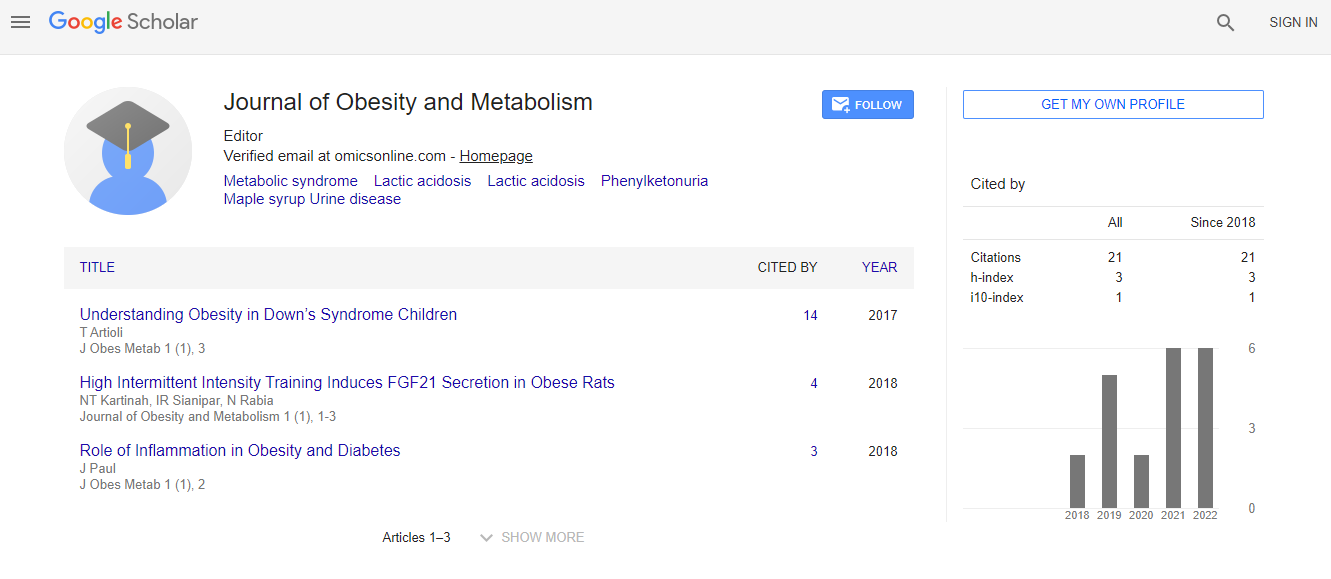The Role of Triacylglycerol in the Oxidizability of Low Density Lipoproteins and High Density Lipoproteins: Possible Contributions to Atherosclerosis in Metabolic Syndrome.
*Corresponding Author:
Copyright: © 2019 . This is an open-access article distributed under the terms of the Creative Commons Attribution License, which permits unrestricted use, distribution, and reproduction in any medium, provided the original author and source are credited.
Abstract
Metabolic Syndrome (MetS) is a bunch of Cardio-Vascular Disease (CDV) hazard factors including instinctive weight, hyperglycemia, hypertension, low HDL cholesterol, hypertriglyceridemia and expanded oxidative pressure. Pyrene-lipid subsidiaries specifically joined into the hydrophobic center and encompassing amphipathic envelope of LDLs and HDLs are helpful markers of the oxidizability of these lipoprotein areas. We played out an observational examination planned for exploring the impact of lipid sythesis, specifically triacylglycerol (TAG) levels, on the oxidizability of the center and the envelope of LDLs and HDLs in MetS. Techniques: We actuated changes in the concoction sythesis of lipoprotein in vivo by setting on a hypocaloric adjusted eating regimen fifteen overweight and modestly stout men (BMI: 25-35 kg/mq) with MetS until they lost at any rate 5% of their underlying weight.

 Spanish
Spanish  Chinese
Chinese  Russian
Russian  German
German  French
French  Japanese
Japanese  Portuguese
Portuguese  Hindi
Hindi 